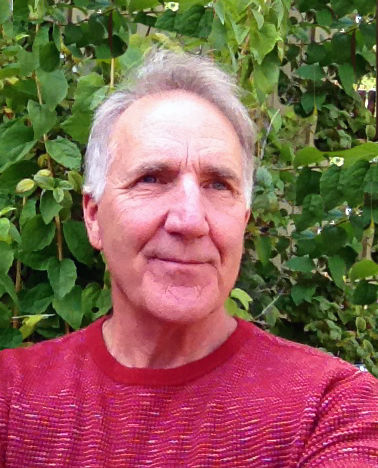The Health Insurance Marketplace (healthcare.gov) will open for business from Nov. 15 to Feb. 15, giving us another shot at purchasing government-subsidized health insurance on the private market.
Many people sat this one out last year, some wary of taking part in what’s been called a budget-imploding, death-spiraling, socialist takeover of our health care system, otherwise known as Obamacare.
Now that we have an actual track record to go by, let’s look at what actually happened in Grand County last time around.
Despite last year’s website meltdown, over 700 people in Grand County were insured through the marketplace during open enrollment. Hips and knees were replaced, long delayed surgeries undertaken, cancer treatments begun. Procedures that once bankrupted entire families were covered, leaving no one holding the bag. Additionally, the majority of people who signed up in Moab were eligible for subsidies that made their health insurance not just affordable but in many cases cheaper than their phone bills. And with no more preexisting conditions, those who were trapped in overpriced policies found financial relief on the marketplace.
“But you can’t see the doctors you want,” claim Obamacare critics.
Indeed, one of the biggest complaints about the Affordable Care Act is that it has ushered in an age of narrow — some would say anorexic — provider networks. Yet all four insurance companies serving the Moab marketplace provide some of the strongest networks around, offering access to every primary care physician in town, as well as the state’s best specialists and hospitals, including University of Utah Hospital, Children’s Hospital and the Huntsman Cancer Center.
“Monthly premiums are skyrocketing,” critics complain.
If anything, they’re fizzling. New premium rates have just been released. In Grand County, these have gone up 5 percent on average, far less than the 10 to 15 percent yearly premium increases we saw before the ACA took effect. In fact, the ACA has managed to halt the rise in health care costs, which will help substantially with our country’s future debt.
“Yeah, but Obamacare is in a death spiral!”
Sure, at one time it was hypothesized that only the old and sick would purchase insurance, driving up the cost and discouraging young people from getting insurance, thus bankrupting the system and initiating the dreaded Death Spiral. The young and healthy instead have embraced the ACA, especially here in Grand County. Moab’s young people live outdoors. And these rock climbers, mountain bikers, rafters, BASE jumpers and trail runners all know somebody who ended up in the ER, setting them back financially for years down the road. They understand the value of having insurance. So let’s retire the Death Spiral to health care’s Wall of Shame, right next to the Death Panel.
“Obamacare is breaking the back of business.”
Really? I’ve seen several businesses in Grand County save substantial money by finding creative ways to use the ACA for their employees. And employer mandates will only apply to businesses with over 50 full-time employees. These mandates — they haven’t even been implemented yet — may disappear along with the medical device tax, low-hanging fruits of the ACA that the newly-elected Congress will target for repeal.
“This is nothing short of income redistribution!” Okay, point taken.
But have you seen the latest income disparity stats? The top 3 percent now holds 55 percent of all net worth, and the gap is rapidly widening. Subsidizing health care just allows the hard-working middle class to afford what they otherwise couldn’t. Considering that the U.S. scores dead last among developed countries when it comes to health care access and cost, I’d argue that the Affordable Care Act is a huge step in the right direction.
I’d also argue that there’s another aspect of social justice at play.
Native Americans making under 300 percent of the Federal Poverty Level can now get zero-deductible, zero-copay private insurance plans, and have greater access to world-class health care. And Indian health clinics are also getting a new, sorely needed funding source.
It may not make up for Wounded Knee, but it’s more than a symbolic gesture.
Those with green cards, a growing percentage of our workforce, can also get subsidies to help pay for health insurance.
Still unsure about participating in the biggest improvement to American health care since Medicare in 1962? I suggest you strip the politics out of the Affordable Care Act and ask yourself a single question: “Will this help me and my family?” Odds are, it will.
The Moab Free Health Clinic is holding two free information events about the Affordable Care Act on Friday, Dec. 5, at the Grand County Library, 257 E. Center St. An event for business owners will begin at 10 a.m., followed by a 2 p.m. event for individuals and families. For more information, call the clinic at 435-259-1113.
Charlie Kulander lives in Moab.



